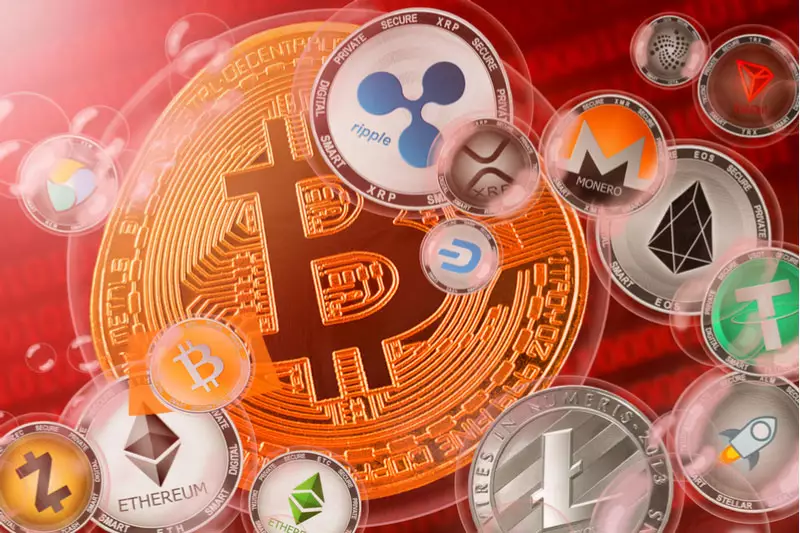The recent commentary by Peter Brandt, a seasoned commodities trader, highlights a growing chasm between Federal Reserve actions and market reactions, a situation described as the most significant “market to Fed disconnect in history” by The Kobeissi Letter. This nuanced dialogue reveals a glaring inconsistency; while the Federal Reserve undertakes measures to stimulate economic growth through rate cuts, financial markets respond negatively with rising interest rates. It begs the question: What does this dissociation mean for investors and the broader economic landscape?
The Federal Reserve’s Dilemma
The Federal Reserve, under the leadership of Jerome Powell, is in a precarious position. Amid efforts to combat inflation through monetary easing, indicators such as the 10-year Treasury note yield have surged by 100 basis points since the Fed initiated its “pivot” strategy in September. This surge reflects market skepticism towards the efficacy of the Fed’s policies and suggests a collective realization that inflation pressures are not only persistent but perhaps escalating. The critical concern is that the very instruments intended to support economic stability may inadvertently contribute to its volatility.
Increased readings across various inflation indexes—including the core Consumer Price Index (CPI), Personal Consumption Expenditures (PCE), and Producer Price Index (PPI)—reinforce this dissonance. Despite the Fed’s efforts to provide a safety net through rate cuts, Treasury yields have reached their highest levels since May. Market participants appear to be anticipating heightened inflation, correlating directly with their investment strategies and risk appetites. This sentiment is crystal clear: the Fed’s traditional tools are failing to align with the realities faced by investors.
Impact on the Housing Market
The repercussions of this disconnect extend beyond the bond market into sectors like real estate, underscoring a more profound malaise. The increasing costs tied to the purchase of median-priced homes—upwards of $400 monthly—further exemplify the strain on consumers. While the Fed’s policies aim to invigorate the housing market, the opposite seems true, revealing a vicious cycle where higher borrowing costs stymie home purchases, leading to broader economic implications.
Moreover, the volatility in cryptocurrency markets paints an unsettling picture of investor sentiment. Following Powell’s announcement of a potential return to tightening monetary policies in December, Bitcoin’s value plummeted below the $100,000 threshold. The mere indication of tightening has sent shudders through risk assets, suggesting that liquidity is becoming constrained, which adversely affects speculative investments.
The fissure between Federal Reserve policies and market reactions not only complicates financial strategies for investors but also poses systemic risks that could hinder long-term economic recovery. As inflation reemerges as a significant threat, stakeholders must remain agile in their investment approaches, contemplating the broader implications of Fed actions. Observing how the central bank reconciles its policies with market realities will be essential in navigating the complex financial landscape of the coming years.

